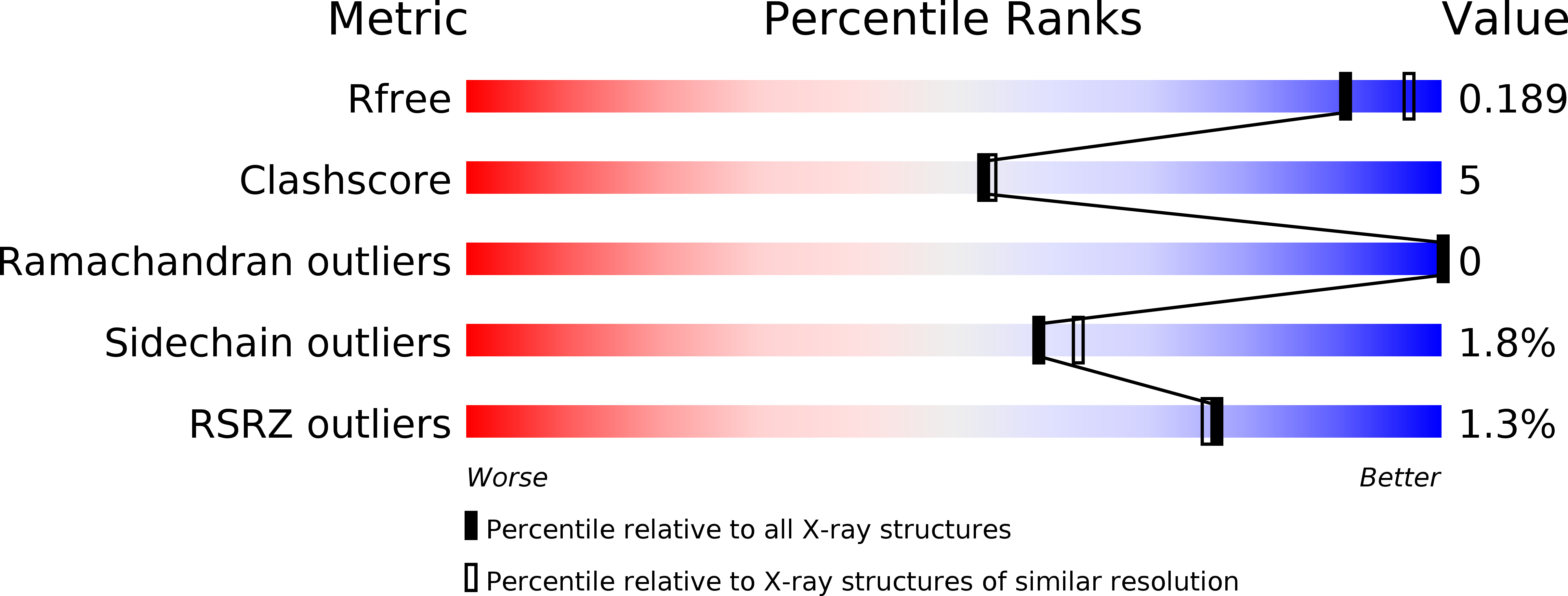
Deposition Date
2007-10-18
Release Date
2008-05-06
Last Version Date
2023-08-30
Entry Detail
PDB ID:
3B2P
Keywords:
Title:
Crystal structure of E. coli Aminopeptidase N in complex with arginine
Biological Source:
Source Organism:
Escherichia coli K12 (Taxon ID: 83333)
Host Organism:
Method Details:
Experimental Method:
Resolution:
2.00 Å
R-Value Free:
0.18
R-Value Work:
0.15
R-Value Observed:
0.15
Space Group:
P 31 2 1


